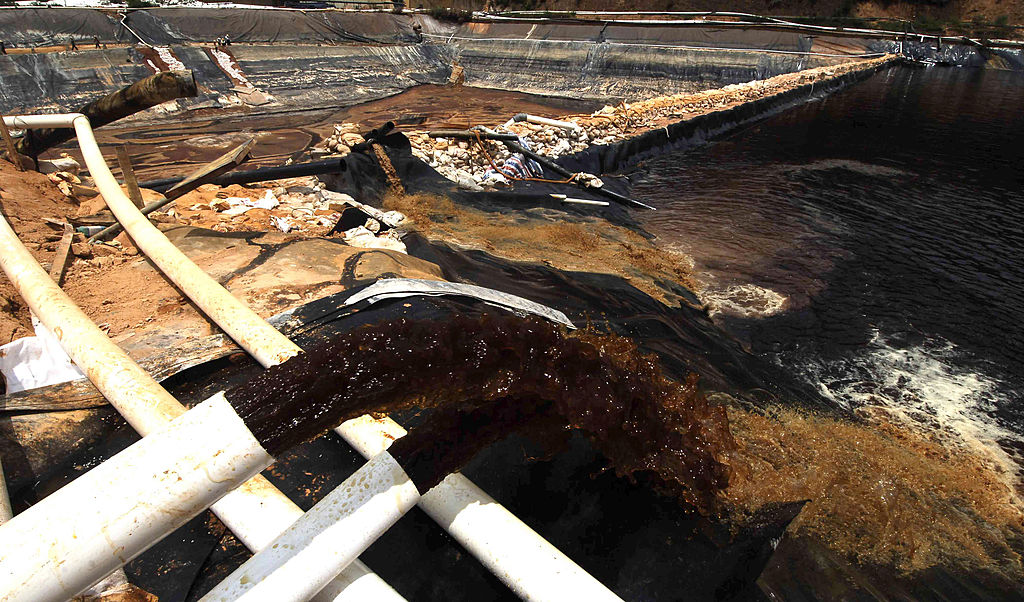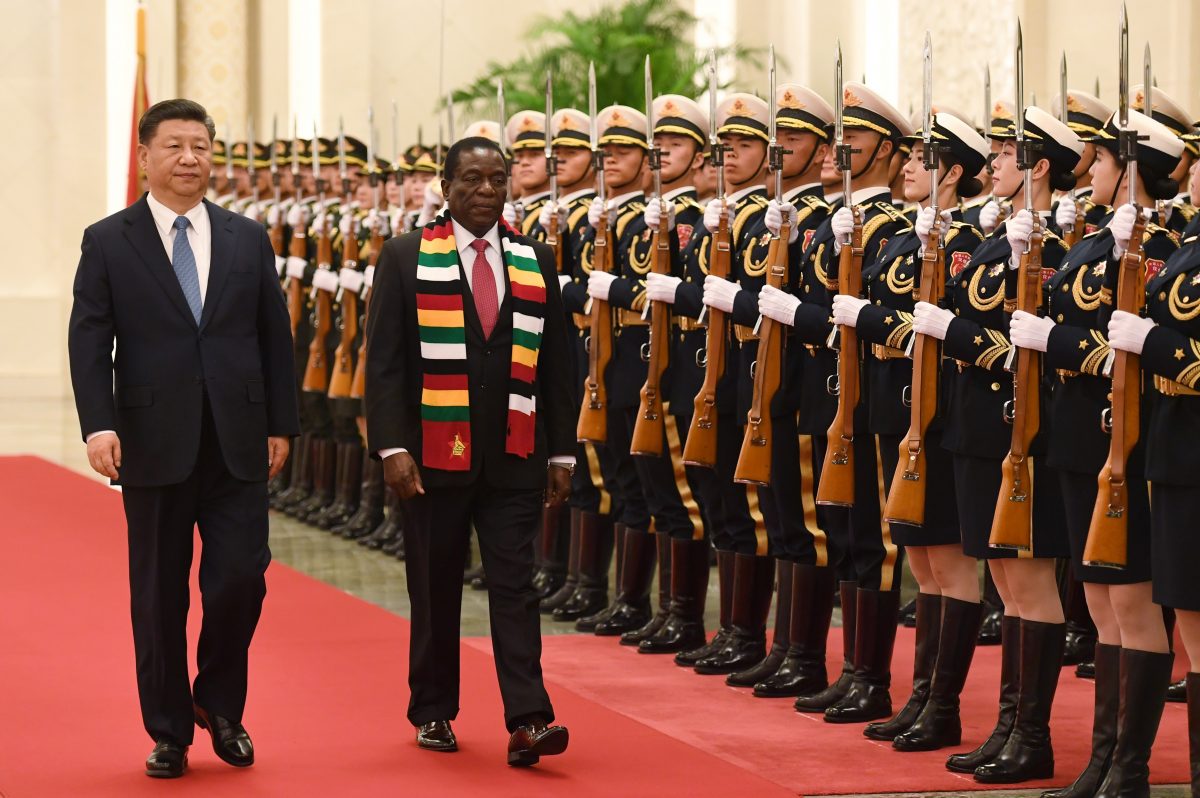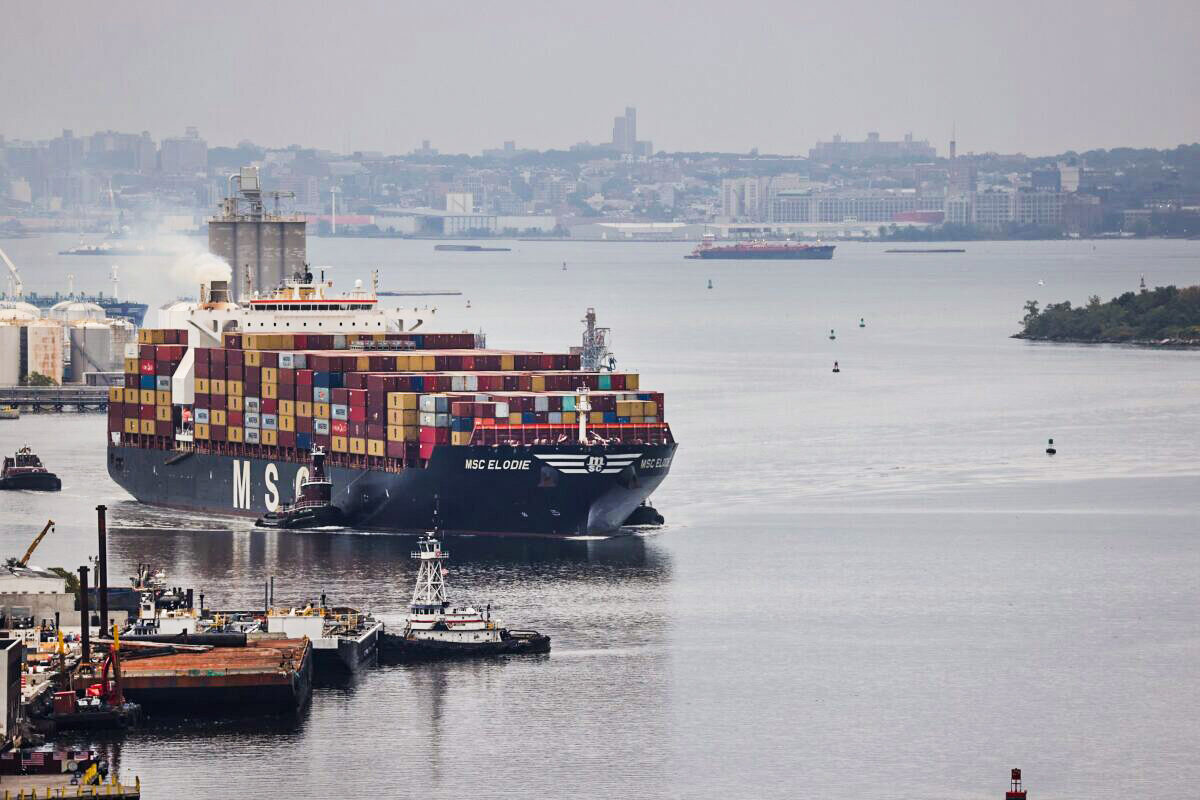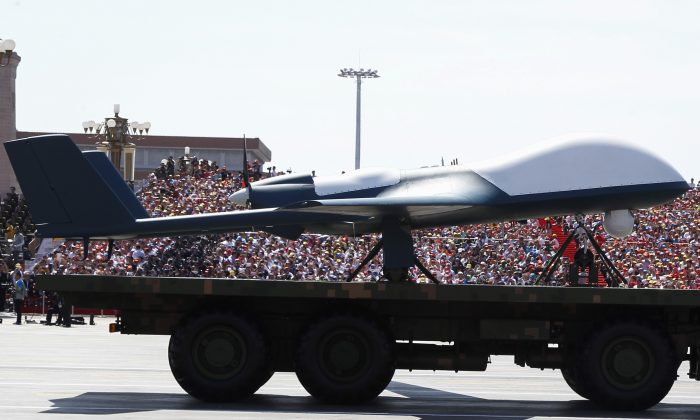
A Chinese military drone is presented during a military parade on Tiananmen Square in Beijing on Sept. 3, 2015. (Rolex Dela Pena/AFP/Getty Images)Thinking About China
Chinese Military Plans Foreign Port Destruction
Stealthy underwater explosions, drone fighter jets, and military AI reveal the CCP’s technological aggression
Anders Corr
November 2, 2021 Updated: November 3, 2021
News Analysis
The Chinese military is unveiling a range of sophisticated military technologies, from underwater stealth attacks against foreign ports, to drone fighters and military artificial intelligence (AI).
China’s military is testing stealthy underwater explosions for purposes of the destruction of foreign ports, according to the Global Times, an ultra-nationalist news outlet controlled by the Chinese Communist Party (CCP).
“If we can use stealthy ways, like underwater explosions to destroy the ports, we can kill off the enemy’s war potential,” Captain Zhao Pengduo, the deputy director of the Naval Port Demolition Test Program, said on a China Central Television (CCTV) program.
Just in case the West missed it, the Global Times translated the comments and published them on Oct. 25. The testing and its publication, in English, could be an attempt to prove the credibility of China’s naval threat to the United States as tensions rise over Taiwan, the South China Sea, and Japan’s Senkaku Islands, all of which Beijing claims as its territory. The CCP thus reveals that its intentions are not honorable.
Scientific sensors were placed on the small wharf for the test prior to its destruction. Chinese state media reported that “as the explosion took place, nearly 1,000 pieces of data were gathered, which were then analyzed to accurately evaluate how the wharf was damaged … noting that this will provide scientific support to attack hostile ports in a real war.”
According to a Beijing military expert quoted by the Global Times, “This tactic can play a significant role in many combat scenarios, including countering the US’ naval warfare aimed at China.”
The expert continued, “Since the US now understands its large vessels like aircraft carriers and large military facilities near China are vulnerable to attacks, it is scattering its forces to … smaller locations.”
The expert claimed that the scattering of the U.S. Navy would make logistics, command, and communications more difficult, presumably forcing U.S. ships to rely on numerous regional ports that are vulnerable to China’s stealthy underwater explosions. Beijing’s military strategy is apparently to force the failure of port-based logistics chains upon which the U.S. and allied navies rely.
Stealthy underwater explosions could be facilitated by AI enabled drones. So as concerning is a new report from Georgetown University that claims the Chinese military could be spending more on AI than the United States.
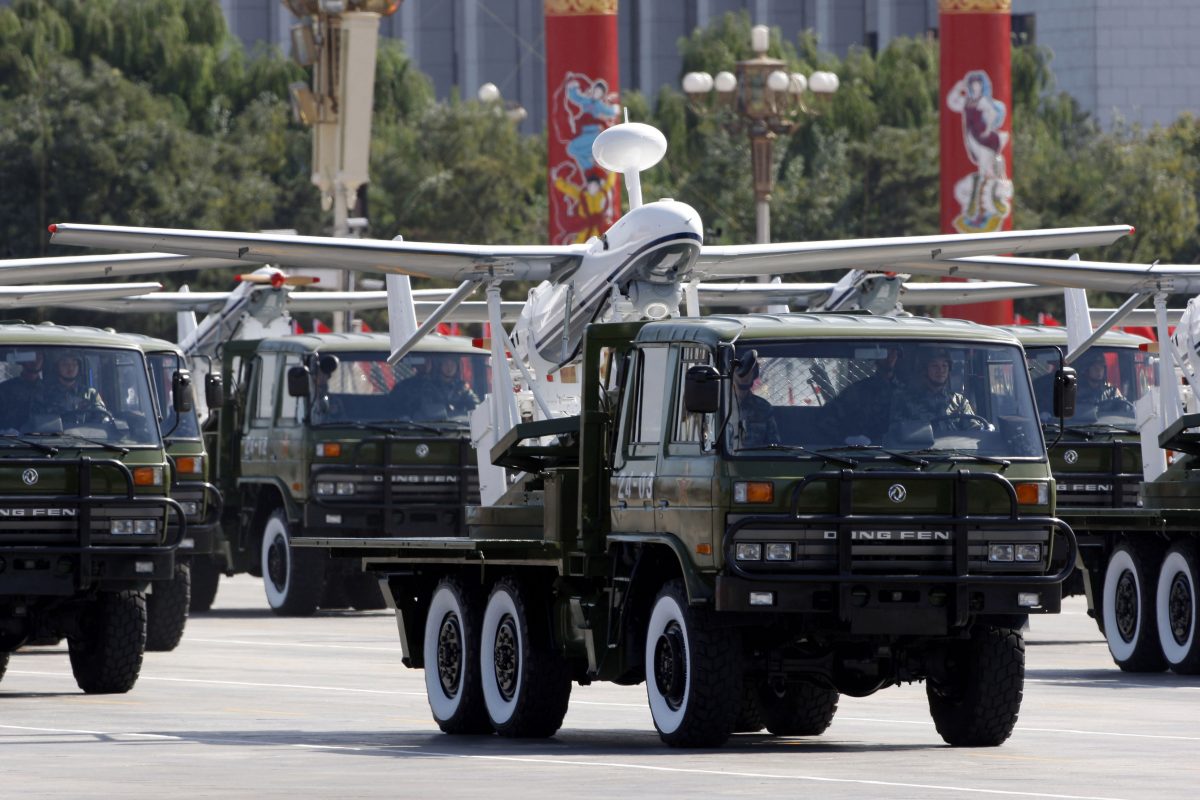 A truck loaded with the Chinese made drone, the ASN-207, takes part in a military parade in Beijing on Oct. 1, 2009. (Vincent Thian/AP)
A truck loaded with the Chinese made drone, the ASN-207, takes part in a military parade in Beijing on Oct. 1, 2009. (Vincent Thian/AP)Based on publicly-available Chinese military procurement records, the Georgetown researchers conclude that the Chinese military spends between $1.6 billion and $2.7 billion annually on AI; while the United States only spent from $800 million to $1.3 billion last year. The Chinese military’s primary source of AI technology may be the United States, according to the report.
Georgetown researcher Ryan Fedasiuk, who coauthored the report, claims that the Chinese military bought AI systems “designed to identify undersea vehicles, wargame Taiwan operations, track U.S. Navy ships, and deploy electronic countermeasures.”
AI will be critical to the future of air combat as well. Simulations over the past couple of years have shown that AI-enabled fighter jets often out-compete their human-only cousins.
The South China Morning Post (SCMP) reported on Oct. 29 that China’s air force could test the world’s first two-seat stealth fighter within the next two weeks. One of the pilots would operate the plane, a variation of the J-20 Weilong Mighty Dragon, and the other will operate AI-enabled “loyal wingman” drones that accompany the J-20 into battle.
“Experts said the variant showed China had beaten the US and other competitors,” according to the SCMP, which is owned by China’s Alibaba Group. Development of the J-20 variant “was an attempt to prove that the US concept of next generation air dominance (NGAD) could be successfully applied in Chinese aircraft technology,” the report said.
Prior news of China’s hypersonic missile development, and installation of hundreds of intercontinental ballistic missile silos in the Xinjiang region, add to more recent concerns of underwater explosion tests, AI progress, and stealth fighter jet development to paint a dim picture of the CCP’s intentions and willingness to execute goals such as the invasion of Taiwan.
U.S. lawmakers and regulators recently responded to Beijing’s increasingly threatening behavior, including through the essential disruption of China’s theft of American intellectual property that fuels the Chinese military-industrial complex. One effective way to approach this is by clamping down on some of China’s most important technology companies.
On Oct. 26, the Federal Communications Commission (FCC) appealed to national security considerations in the revocation of a China Telecom subsidiary’s authorization to operate in the United States.
The U.S. Senate voted unanimously on Oct. 28 for legislation that prevents U.S. regulators from granting new equipment licenses to five companies designated on the FCC’s “Covered Equipment or Services List.” The companies include Huawei, ZTE, Hytera, Hikvision, and Zhejiang Dahua, all of which are considered to be security threats.
In a vote of 420 to 4, the House had previously approved the law. The majority is veto proof in both houses, so President Joe Biden will likely sign the bill into law shortly.
But restrictions on Beijing’s ability to steal American technology are entirely inadequate to date. The Georgetown study found that the U.S. Commerce Department only restricts 22 of 273 firms that supply the Chinese military. Fedasiuk wrote in a tweet, “Almost none are subject to financial sanctions.”
The United States must get much more serious about defeating Beijing’s plans to steal American technology and use it to build the CCP’s economic and military strength against democracy and human rights on a global scale. More subsidies of American technology, before stopping the technology leakage problem, could only make it worse. The $250 billion U.S. Innovation and Competition Act, for example, is currently held up in the House. It includes massive technology subsidies geared for the competition with China, and should be revised to ensure that the CCP does not thereby benefit more than America.
Anders Corr has a bachelor’s/master’s in political science from Yale University (2001) and a doctorate in government from Harvard University (2008). He is a principal at Corr Analytics Inc., publisher of the Journal of Political Risk, and has conducted extensive research in North America, Europe, and Asia. He authored “The Concentration of Power” (forthcoming in 2021) and “No Trespassing,” and edited “Great Powers, Grand Strategies.”
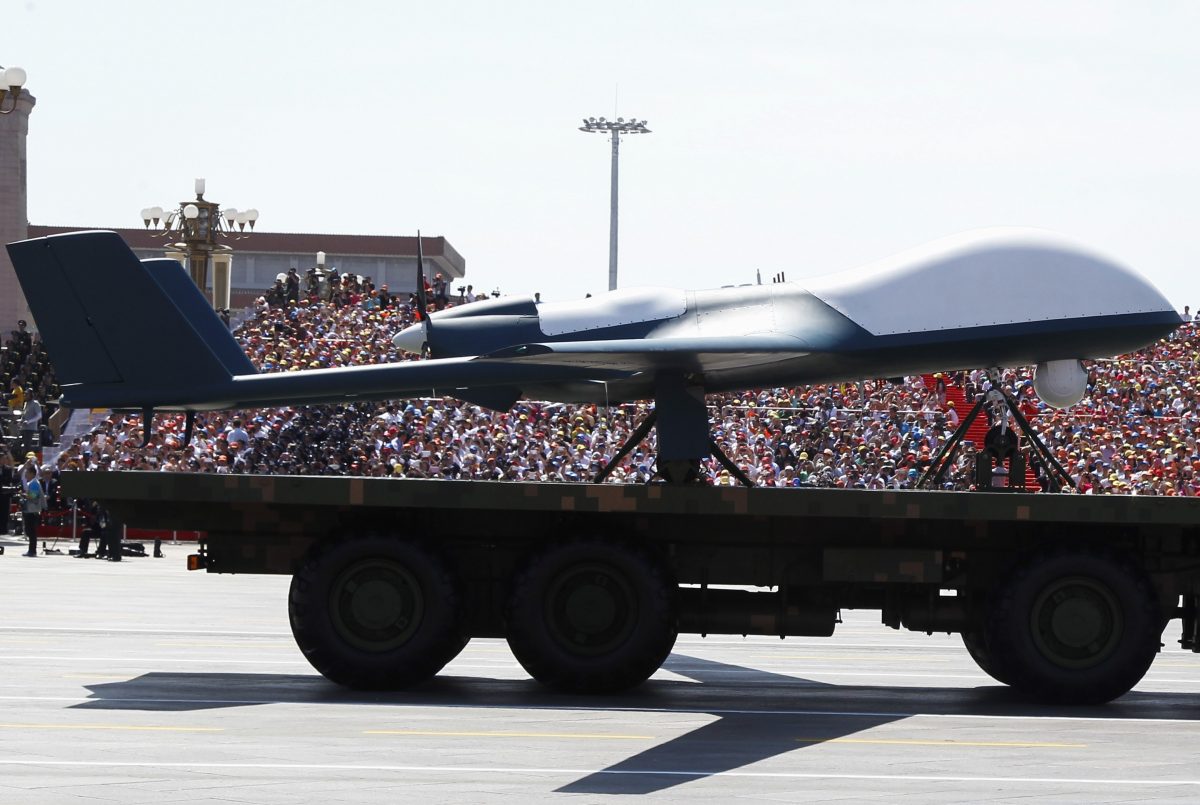
Chinese Military Plans Foreign Port Destruction
News Analysis The Chinese military is unveiling a range of sophisticated military technologies, from underwater stealth attacks against ...
 www.theepochtimes.com
www.theepochtimes.com

